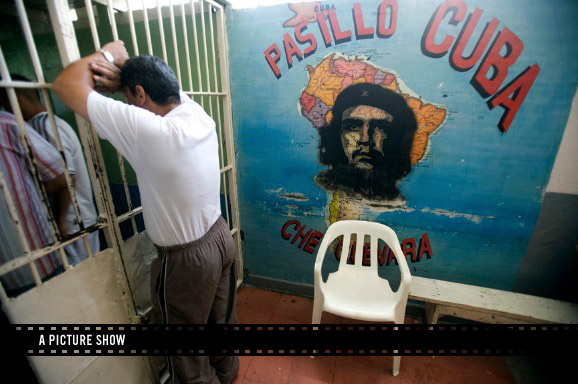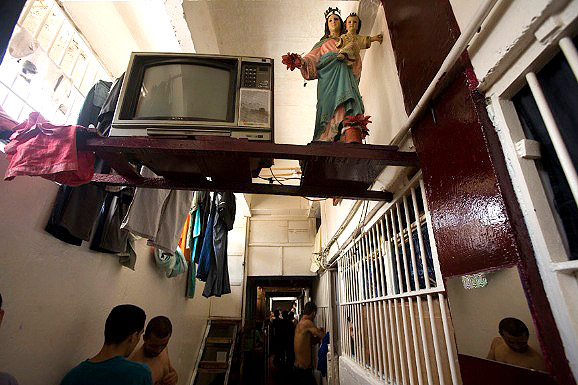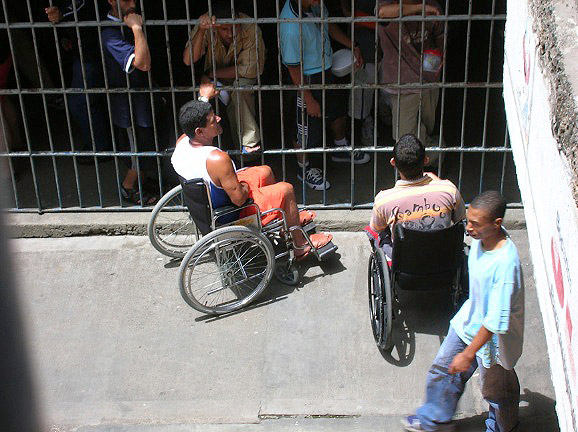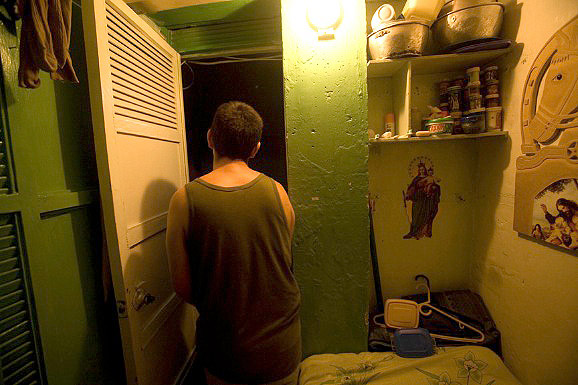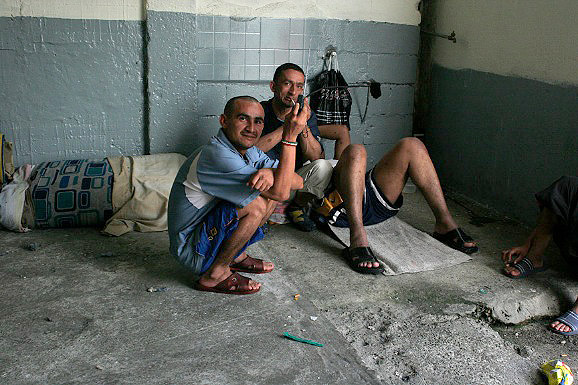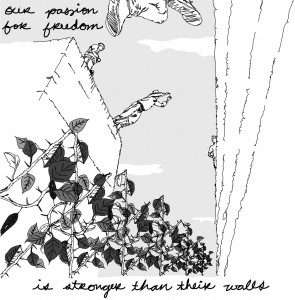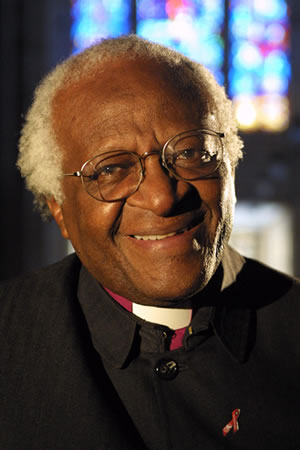Yesterday, I read an article in the Calgary Sun about their top cop calling for “safe jails for addicts.”
Calgary’s top cop says he is patiently pushing for a so-called safe jail to be established as an alternative to traditional incarceration for people fighting addictions and mental illness.
Chief Rick Hanson said bona fide criminals belong in jail but he wants to see a “safe jail” for those who end up in the system because of mental health or addictions issues.
About half the people in Canadian prisons today are mentally ill, said Hanson.
The idea behind the safe-jail concept is for people handed two-years-less-a-day sentences — and who qualify — to be sent to a secure detox/addictions treatment facility where they will get treated for the issues which foist them into the criminal justice system.
“These are not criminals, they’re .. an addict,” he said.
Hanson stressed the “velvet-glove approach,” would not apply to criminals, without such issues, who have earned a jail term.
“I have no sympathy for gang bangers, sex predators, psychopaths or domestic abusers,” he said.
I am not going to comment on what Mr. Hanson had to share except to say that apparently everything old is new again…
About a year ago, I realized that despite my constant ranting about how the war of drugs was destructive and only serves to swell the ranks of prisoners, I actually knew very little about how drug addiction had been treated historically in the U.S. This led me to a documentary called The Narcotic Farm. For others who were similarly uninformed, I cannot recommend the documentary and its accompanying book more highly.
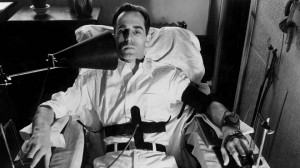 The film and accompanying book tell the story of how addition was treated in the U.S. between 1935 and 1975.
The film and accompanying book tell the story of how addition was treated in the U.S. between 1935 and 1975.
A press release about the documentary describes it this way:
From its opening in 1935, the United States Narcotic Farm in Lexington, Kentucky, epitomized the nation’s ambivalence about how to deal with drug addiction. On one hand, it functioned as a compassionate and humane hospital, an “asylum on the hill” on 1,000 acres of farmland where addicts could recover from their drug habits. On the other hand, it was an imposing federal prison built for the incarceration of drug addicts.
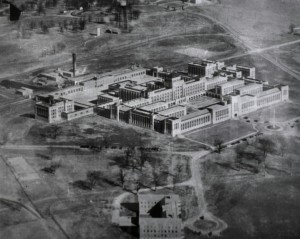 “Narco,” as it was known locally, was a strange anomaly, a co-ed institution where federal convicts did time alongside volunteers who checked themselves in for rehabilitation. Not long after its opening, the institution became the world’s epicenter for drug treatment and addiction research and for forty years it was the gathering place for this country’s growing drug subculture, a rite of passage that initiated famous jazz musicians, drug-abusing MDs, street hustlers, and drugstore cowboys into the new fraternal order of the American junkie.
“Narco,” as it was known locally, was a strange anomaly, a co-ed institution where federal convicts did time alongside volunteers who checked themselves in for rehabilitation. Not long after its opening, the institution became the world’s epicenter for drug treatment and addiction research and for forty years it was the gathering place for this country’s growing drug subculture, a rite of passage that initiated famous jazz musicians, drug-abusing MDs, street hustlers, and drugstore cowboys into the new fraternal order of the American junkie.
Although it began as a bold and ambitious public works project, Narco was shut down in the 1970s amid changes in drug policy and scandal over its drug-testing program, where hundreds of federal convicts volunteered as human guinea pigs for pioneering drug experiments and were rewarded with heroin and cocaine for their efforts.
I ended up purchasing a copy of the book. I learned quite a bit. The Narcotic Farms had two main goals:
1. The complete social rehabilitation of America’s drug addicts;
2. The discovery of a permanent cure for drug addiction.
Well after 40 years of experimentation, the Farms failed to achieve either goal. The Narcotic Farms were conceived and jointly run by the Bureau of Prisons and the Public Health Service.
In the 1920s, growing numbers of addicts started showing up at prisons across the country due to the aggressive enforcement of the Harrison Narcotics Act and increasingly strict drug laws. [DOES THIS SOUND FAMILIAR?] Driven underground by law enforcement, the population of addicts that had formerly been comprised mostly of upper- and middle-class women addicted to pain medication now consisted almost entirely of working-class men hooked on illicit drugs. Police sent them to prison in droves. As addicts continued to be arrested in record numbers, the prison population skyrocketed and by the late 1920s a third of all federal prisoners were doing time on drug charges.
| Incarcerated Population and Rates, 1880-2008 |
| Prison and Jail Inmates Rate per 100,000 |
| 1880 |
58,609 |
116.9 |
| 1890 |
82,239 |
131.5 |
| 1904 |
97,308 |
118.4 |
| 1910 |
128,314 |
138.9 |
| 1923 |
120,284 |
107.4 |
| 1933 |
210,418 |
167.5 |
| 1940 |
274,821 |
207.4 |
| 1950 |
264,557 |
174.8 |
| 1960 |
346,015 |
193.0 |
| 1970 |
328,020 |
161.4 |
| 1980 |
503,586 |
220.4 |
| 1990 |
1,148,702 |
458.2 |
| 2000 |
1,937,482 |
682.9 |
| 2008 |
2,304,115 |
753.5 |
| Source: 1880-1970, Cahalan (1986); 1980-2008, CEPR analysis of BJS data. |
To deal with these drug-addicted prisoners, two federal government officials, the Bureau of Prisons’ James V. Bennett and the Public Health Service’s Walter Treadway, lobbied for a bill to establish prisons set aside just for convicted addicts. To satisfy social progressives who thought arresting addicts was unjust, they would run these prisons as hospitals where addicts could get medical treatment to cure their addictions. The two convinced Congress that addicts could be rehabilitated, and a bill authorizing the construction of two “narcotic farms” was passed in 1929. The first Narco farm opened in Lexington, Kentucky in 1935 and the second in Fort Worth, Texas in 1938.
After World War II, the face of drug addiction began to change and so did the laws to address the problem:
After 1945, “when opiate embargoes were lifted and shipping routes restored, organized crime picked up where it had left off before the war, importing large quantities of heroin into urban America. By 1949, the nation’s first youth heroin epidemic was under way. David Deitch, a Narco patient in 1951, recalls this new population of addicts as minorities and whites from the underclass, drawn to urban centers to find opportunity. Yet this population, often disillusioned by racism and the lack of opportunity they encountered upon arriving in cities, saw an explosion of drug use among its young. Heroin use caught on with the teenage children of Irish, Italian, and Jewish immigrants as well as with young Puerto Ricans and African Americans.
This new cohort of addicts was anathema to law enforcement and, in 1951, Federal Bureau of Narcotics chief Harry J. Anslinger energetically endorsed two-year mandatory minimum sentences for first time possession of narcotics convictions. Congress passed this law, as well as the draconian Narcotics Control Act of 1956, which called five-year minimum sentences for first time possession and included a death penalty provision for dealers. The sum effect of these laws — which doctors at Narco publicly opposed — was that younger and younger people were going away for longer and longer periods of time. A typical case study from Narco’s files follows:
At nineteen he began to use heroin, and shortly thereafter was placed on probation for three years for forging a narcotics prescription. After one year he violated probation by returning to the use of narcotic drugs. He was committed to Lexington for four years, was granted parole after serving more than two years, and was returned after a few months as a violator. He had again relapsed. He was again committed to Lexington. Three months after his conditional release in the summer of 1967, he was again using drugs and a few weeks later was returned to custody as a violator.”
(Source: The Narcotic Farm – The Rise and Fall of America’s First Prison for Drug Addicts by Nancy D. Campbell, JP Olsen, and Luke Walden (2008))
Unsurprising that mandatory and draconian laws and sentences were imposed on addicts once they were predominantly immigrant, black, brown and poor. Again the more things change, the more they stay the same. An additional important point to underscore is that recidivism was also rampant during this time. You would think that we would be spending a lot more money in the 21st century trying to find a MEDICAL intervention to assist drug addicts. After all, we have 40 years of data from the Narco Farm experiment to show us that incarceration does not serve addicts well.
Scientific American has a photo slide show about the Narcotic Farm. NPR interviewed the filmmakers about the Narcotic Farm. You can listen to the story here.
